
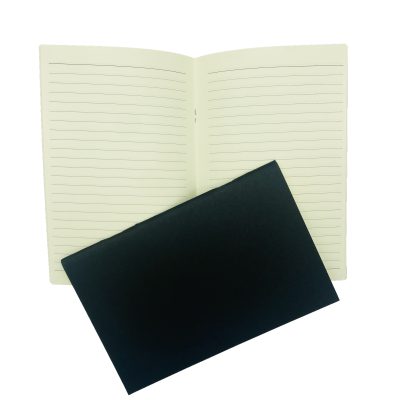
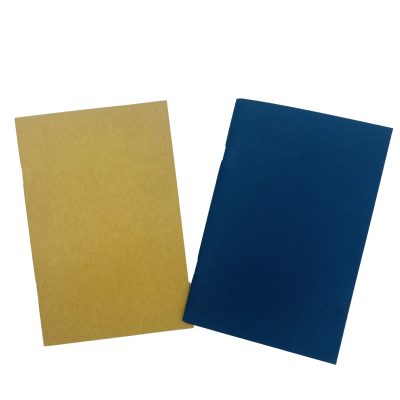
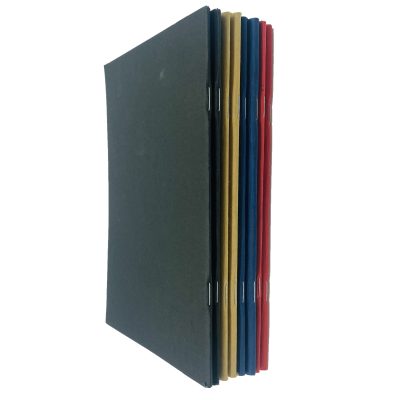
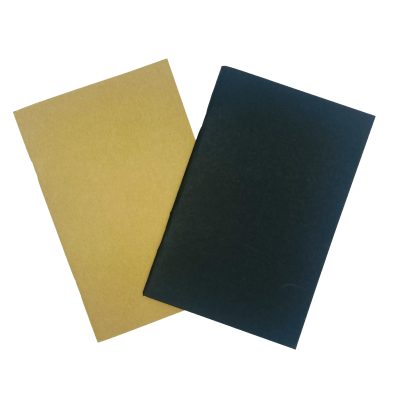
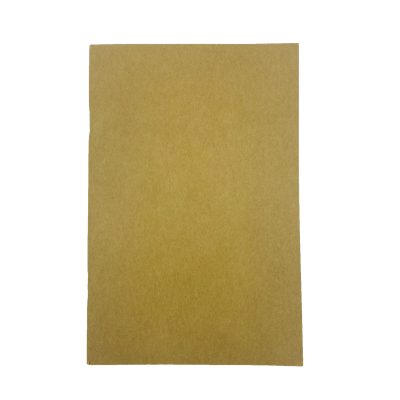
| Product name | Exercise Books |
| Size | 16*22CM |
| Type | School Exercise Book |
| Style | Single Line Exericse Book |
| Cover Material | Paper, PP |
| Inner Pages | 32/50 sheets |
| Logo | As per your requirements |
| Payment Terms | T/T or L/C |
| Service | Hot selling suggestion |
| MOQ: | 500pcs |
| Delivery time: | 20-35days after receiving customer’s deposit. |
| Lead Time | 7 ~ 15 days or more, depending on the quantity. |
| Capacity | 10000 pieces per week, strong production capability. |
Exercise books are essential tools used by students, professionals, and individuals of all ages to document and organize their thoughts, ideas, and work. They serve as a medium for writing, drawing, and problem-solving, providing a convenient and portable way to record information.
Exercise books come in various sizes, formats, and designs to accommodate different needs. The most common sizes are typically A4 (210 mm × 297 mm) and A5 (148 mm × 210 mm), although smaller and larger formats are also available. These books consist of pages bound together, usually with a sturdy cover to protect the contents.
The pages of exercise books can be either ruled or unruled, depending on the intended purpose. Ruled pages are lined with horizontal lines to guide writing and maintain legibility, making them suitable for taking notes, writing essays, solving math problems, or practicing handwriting. The spacing between the lines may vary, with options such as wide-ruled, college-ruled, and narrow-ruled, to suit different writing styles and preferences. On the other hand, unruled pages provide a blank canvas for sketching, drawing, diagramming, or any other creative endeavors.
Exercise books can be tailored to specific subjects or disciplines. For instance, there are specialized exercise books designed for mathematics, science, languages, music, or art. These subject-specific books may include additional features such as graph paper, squared grids, music staves, or even specific content prompts to assist in structured learning or practicing.
In addition to individual use, exercise books are commonly employed in classrooms and educational institutions. They serve as the primary means of recording lectures, taking notes, completing assignments, or working on exercises. Teachers often assign tasks to be completed in exercise books, and students can keep track of their progress and refer back to previous work when necessary.
Exercise books have evolved over time to cater to different needs and preferences. With advancements in technology, digital versions of exercise books have also emerged, allowing users to take notes and create content digitally. Nevertheless, traditional paper exercise books continue to be widely used due to their simplicity, reliability, and tangible nature.
In conclusion, exercise books are versatile tools used for various purposes, such as note-taking, problem-solving, sketching, and organizing information. They come in different sizes, formats, and designs, and can be adapted for specific subjects or disciplines. Whether in educational settings or personal use, exercise books remain an indispensable tool for recording and preserving knowledge and creativity.










